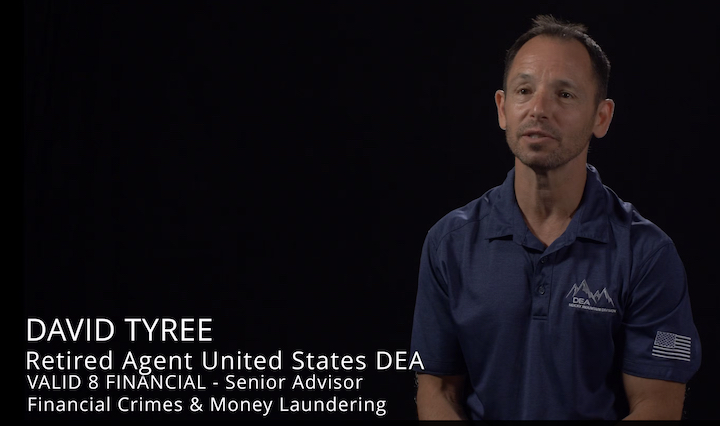The Evidence Ledger
The Surprising Simplicity of Fraud Schemes

The vast majority of fraud schemes aren’t perpetrated by a criminal mastermind. Fraudsters’ tactics are typically as simple as improper redirection of funds or false paperwork. This simplicity belies the complexity and expense of unraveling the schemes.
Criminals exploit the large volume of financial transactions and the burdensome investigation process. An illicit transfer of company money to an unauthorized or disguised account blends in among hundreds or thousands of legitimate transactions. The scale of government programs allows a healthcare provider to bill for services never performed or a Paycheck Protection Program recipient to forge documents without detection simply because agencies cannot possibly monitor every transaction.
Even more sophisticated frauds, such as Bernie Madoff’s Ponzi scheme, boil down to improper fund redirection and lack of independent confirmation of assets. Madoff took investor money and, instead of investing it, put it in a bank account and paid “dividends” with new investors’ money. His scheme went undetected for years because no one was looking closely, and he was only discovered when his incoming cash flow dried up.
Despite their straightforward nature, proving these schemes requires significant effort and resources. Verified financial intelligence (VFI) solutions give investigators and forensic accountants the tools they need to navigate the sea of financial data and expose fraud.
The opacity and volume of financial evidence
The diversity and volume of banking evidence make it challenging to manage. Money typically moves through multiple accounts with thousands of transactions, potentially across several entities, before reaching its final destination. This volume of transactions and divergent paths can obfuscate money trails.
Financial documents add additional challenges. Statements and other financial evidence come in many different formats, including PDFs, papers, digital scans, handwritten checks and deposit slips, and spreadsheets. Document configurations also typically vary between institutions. This variety makes reviewing, separating, reconciling and verifying financial evidence a painstaking endeavor.
Checks and deposit slips, in particular, create data management headaches. While usage has declined, 14.5 billion checks are still written annually. Check-related line items on bank statements lack critical information, like the origin and ultimate destination of funds and occasional (very) helpful details contained on the memo line. Associating checks and deposit slips with the corresponding statements is laborious, and the large volume of transactions contributes to a lack of controls for reconciliation between actual checks and accounting records. The limited oversight means a fraudster could write a check to a payee different from the one they entered into the accounting system without attracting attention.
Layers of corporate and personal legal entities and accounts can also complicate money tracking. A fraudster with multiple businesses, a real estate portfolio, and/or other investment accounts creates an intricate financial web that is hard to untangle using manual efforts.
The volume and variety of financial data make it impossible for organizations to monitor every transaction, allowing opportunities for criminals to take advantage of the system.
Investigating fraud
VFI platforms help forensic accountants and financial investigators manage the large quantity of available data and enable visibility into the entirety of financial evidence when investigating potential fraud.
Manual data extraction and reconciliation have traditionally restricted investigation capacity and confidence. Teams spend weeks or months extracting, verifying, sorting and reconciling financial information. Despite the intensive effort, finite resources limit the scope of data that can be prepared and reduce the time available for analysis, introducing investigative risk. The extended timelines and heavy workloads mean investigators can’t pursue every fraud case.
AI-powered VFI automates data extraction, reconciliation and verification from all document formats, even handwritten checks and deposit slips. Instead of manually comparing countless checks with statements, professionals can use Valid8’s VFI to match the transactions with the corresponding bank statements. Additionally, transfer matching illuminates connections between accounts, exposing potentially missing accounts or suspicious movement. Algorithms alert professionals to data errors or missing information for further investigation, and Valid8’s AI categorization capabilities enrich data value while saving hours on manual transaction sorting.
VFI prepares and verifies the complete financial history in just hours, allowing professionals to use their expertise for analysis and interpretation. Valid8’s platform also supports narrative development through visualization tools that highlight money movement. These graphs and charts make it easier to prove criminal intent and make compelling courtroom evidence.
Equipping investigators and forensic accountants with advanced technology empowers them to conduct faster and more thorough investigations. This heightened scrutiny, increased investigative capacity and the resulting uptick in successful prosecutions will serve as a powerful deterrent to potential criminals and shut down pathways for fraud.



















